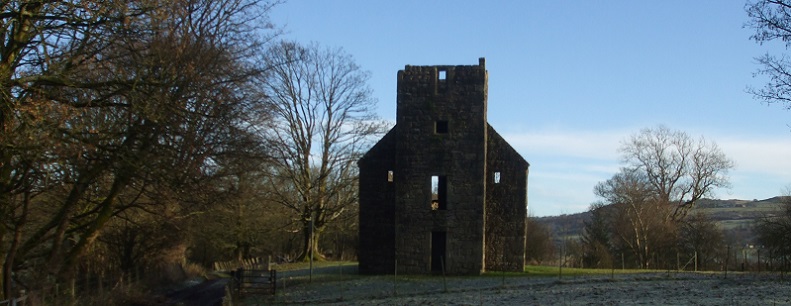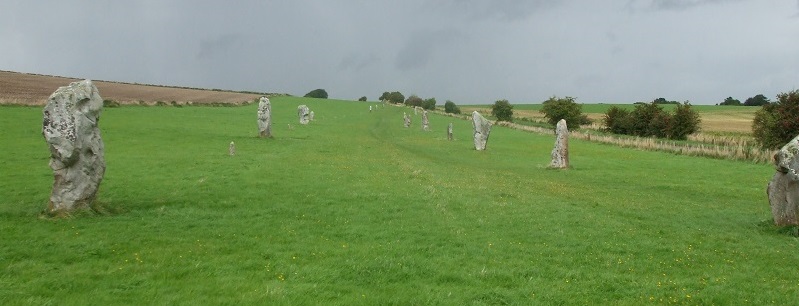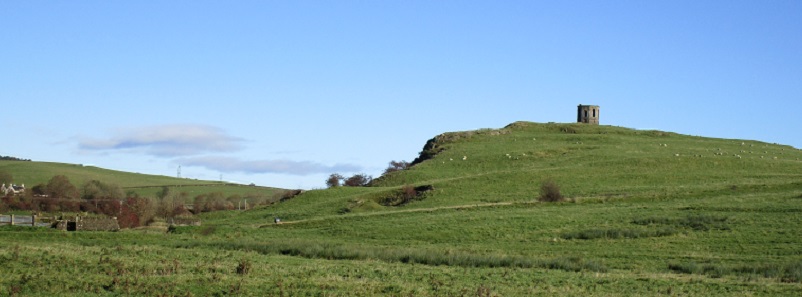Welcome to my website, where you can learn more about what I do. I’m passionate about Archaeology, History and Heritage, and I like to explore the past in a variety of ways. Fact and fiction both have their place, and I’m equally happy churning out desk-based research or an artefact report as I am writing novels.
I started out as a prehistorian, but life in developer-led archaeology meant I had to broaden my horizons. Throughout my career, I’ve had the privilege to work on sites as diverse and wide-ranging as medieval chapels and post-medieval castles to late 20th century munitons manufacturing sites.
But it’s artefacts and material culture that I find particularly fascinating. I started out studying Iron Age metalwork as an undergraduate, moved into the Late Bronze Age for my postgraduate research, and eventually broadened my interest to include a range of materials, in particular ceramics and pottery.
For me, the process of writing archaeological fact has always been a counterpoint to the creative process of writing fiction. My first published short story, ‘Busman’s Holiday’ was written when I was an Undergraduate. It was a science fiction tale set in a dystopian future where Scotland is ruled by ‘Bus Lords,’ who have taken over the role of political leadership. It was dlrectly inspired by models of Iron Age society, except instead of ‘warrior elites’ I had ‘bus driver elites.’ This meant, of course, that the buses were the chariots… My Dad, who loved buses, thought the concept was great. He also liked to think that I’d been influenced by him. Sadly, I had to confess that the story was actually inspred by travelling through Glasgow city centre on the 59 or the 44 bus to Uni, while listening to the Gary Numan track ‘Noise, Noise’ on my personal stereo.
I now mostly write longer stuff. I like writing historical fiction because it allows me to explore the possibilities of the Past with a flexilibity which just isn’t possible as an archaeologist. It allows me to ask ‘what if,’ and push the question to its very limits. I also write what I’m going to call ‘archaeological fantasy.’ I use this term when there’s a supernatural edge to the plot. Gods and goddesses and ancient rituals have an active role, and while I like to keep the settings nicely realistic and plausible, the story lines are unashamedly far out. Let’s face it, we’re not likely to see any Ancient Spartan seeking asylum in the Present any time soon, are we? Some day, I might try my hand at archaeological fiction, but that’s on the back burner for now.
Which brings me on to Lairdside Press…
I followed the traditional publishing route for several decades, and was lucky enough to have my debut novel ‘Fire & Sword’ signed to two successive independent small publishers in the US. They took a chance, for which I am extremely grateful, but oh, what a slog it was to place my work with the right people at the right time in the right circumstances! When ‘Fire and Sword’ came to the end of its contract, I decided to go it alone. Lairdside Press was born through this decision, though I hope it will be a broader entity than just a self-publishing vehicle. Its first published title – ‘Animal Tales’ – is an anthology of work by Lochwinnoch Writers, which will be released on Saturday 25th October at 2.15pm in Lochwinnoch Library.



